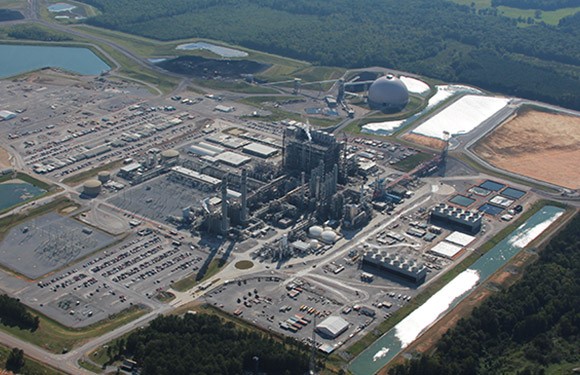More options emerge for alternative fuel vehicles
<p>Car manufacturers are providing drivers with even more alternative fuel options for the road.</p>
<p>The year 2015 ended with electronic vehicle (EV) sales higher than anticipated in the U.S. Sales data from <a href="http://insideevs.com/monthly-plug-in-sales-scorecard/" target="_blank" adhocenable="false">Inside EV</a> suggest that December finished with just over 13,600 EV sales; that's 600 more than for the same period in 2014. Despite 2015's uptick in sales, the full year closed out with 6,400 fewer EV purchases than the year before.</p>
<p>Even as sales seemed to slow down, 2016 is introducing more cards to the EV hand. In January, the Consumer Electronics Show (CES) hosted a new prototype from Faraday Future that wants to put the "super" in "supercar." <a href="http://www.theverge.com/2016/1/4/10711164/faraday-future-ffzero1-concept-car-announced-photos-ces-2016" target="_blank" adhocenable="false">But this blazingly fast car, with 1,000 horsepower that can go from 0-60 in under three seconds, is barely a prototype that isn't planned to become a production model for the company</a>. Instead, Faraday Future is using the FFZERO1 to showcase the capabilities of its new, billion-dollar production facility in Nevada.</p>
<p>Chevrolet, meanwhile, announced the new Bolt, its first pure-electric model, which will be a more direct competitor for Nissan's own pure-electric Leaf. Chevy hopes the Bolt will appeal to a wider audience than the more expensive and luxurious electric sedans currently available.</p>
<p>Electric cars aren't the only options appearing at trade shows and dealer showrooms. Audi and Lexus showed off their new hydrogen-powered cars at the North American International Auto Show; Toyota's own hydrogen car, the Mirai ("future" in Japanese) garnered even more attention after an earlier showcase at CES. The Mirai offered leasing options at the end of 2015, and Honda said its own hydrogen fuel-cell-powered car would be ready before the end of 2016.</p>
<p>Ownership of hydrogen fuel cell cars currently remains low, with Toyota offering limited leases only in California at $499 for 36 months and a few northeastern states expecting releases in the first half of 2016. <a href="http://blog.toyota.co.uk/toyota-mirai-production-increased" target="_blank" adhocenable="false">Toyota said it produced 700 cars in 2015, with 2,000 more planned for 2016</a>.</p>
<p>The allure of hydrogen fuel-cell-powered cars comes from the ease of filling one up, only taking 6 minutes for a complete refuel. However, California only has 10 hydrogen fueling stations, with new funding on the way to build a more robust infrastructure for hydrogen-powered cars. With the combination of more stations and the quick fill-up, the range anxieties that often stifle EV sales may prove to be less of a factor when it comes to hydrogen vehicle sales.</p>
<p>Indeed, charging and fueling infrastructure may ultimately be the key for hydrogen and electric cars to co-exist as viable options in a rapidly evolving automobile marketplace.</p>
<p> </p>
